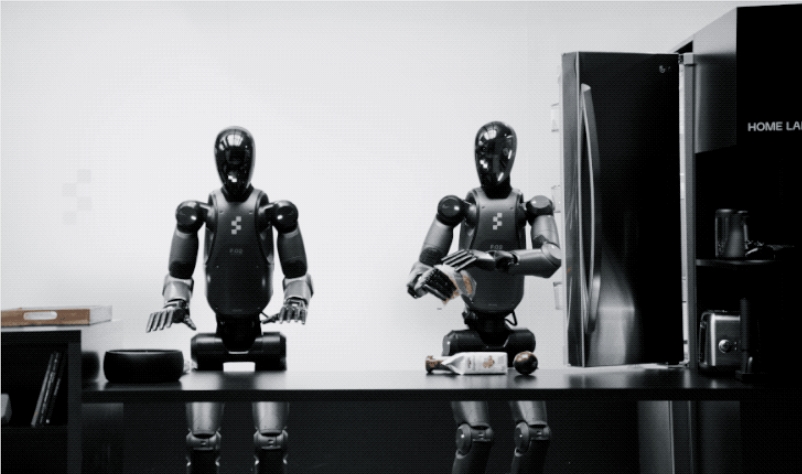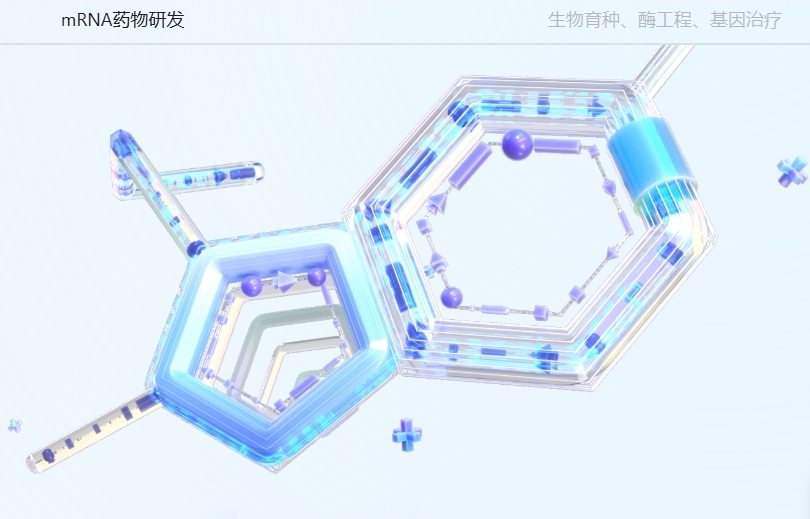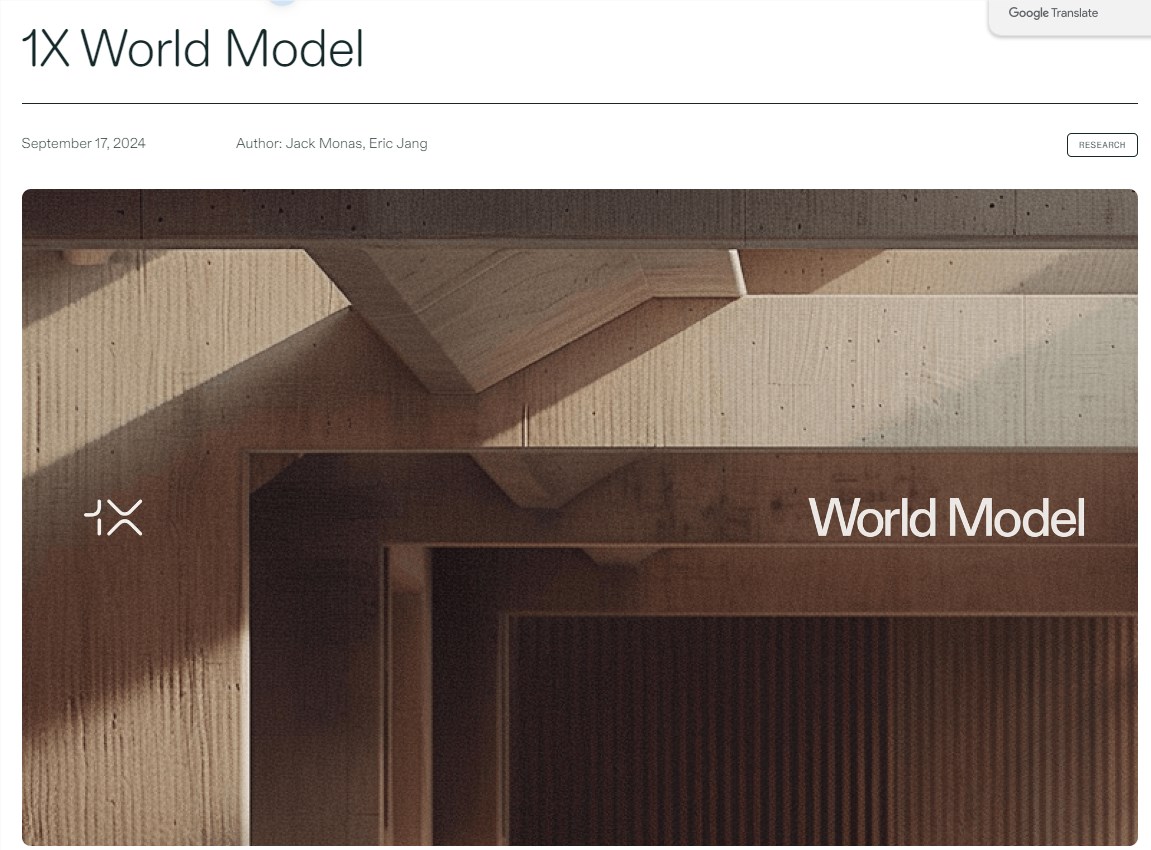In the field of robotics, the American startup Figure AI has recently released a large model called Helix, marking a significant breakthrough in humanoid robot control technology. Helix is the first visual-language-action (VLA) model capable of high-frequency, continuous control of the entire upper body of a humanoid robot, including the head, torso, wrists, and fingers. This means that the robot can execute tasks directly based on natural language instructions without extensive training.
Figure AI addresses the trade-off between the generality and speed of visual language models by establishing two complementary systems. The first system is a fast-reacting visual motion strategy model that can perform 200 precise actions per second, while the second system is an open-source visual language model capable of understanding complex scenes and natural language. These two systems communicate efficiently through end-to-end training, overcoming the limitations faced by previous humanoid robots when executing diverse tasks.

Image source note: Image generated by AI, licensed by service provider Midjourney
Even more exciting is that Helix can operate not only on a single robot but is also the first AI model capable of dual-robot collaboration. In a series of demonstrations, two robots equipped with Helix successfully collaborated to sort a pile of unfamiliar items. To complete the task, the robots needed to visually "confirm" with each other, making eye contact to ensure accurate information transfer. This mode of human-robot collaboration not only showcases Helix's powerful capabilities but also suggests that future interactions between humanoid robots and humans will be more natural and efficient.
With just 500 hours of high-quality supervised data, Helix can easily recognize and handle thousands of small household items. Under simple instructions, the robot can accurately complete tasks it has never been demonstrated to perform, showcasing its remarkable flexibility and intelligence.
With the launch of Helix, Figure AI is also actively seeking funding, aiming for $1.5 billion, with an expected company valuation reaching $39.5 billion. This figure is nearly 14 times higher than last year, reflecting the immense interest and potential in robotics technology.






